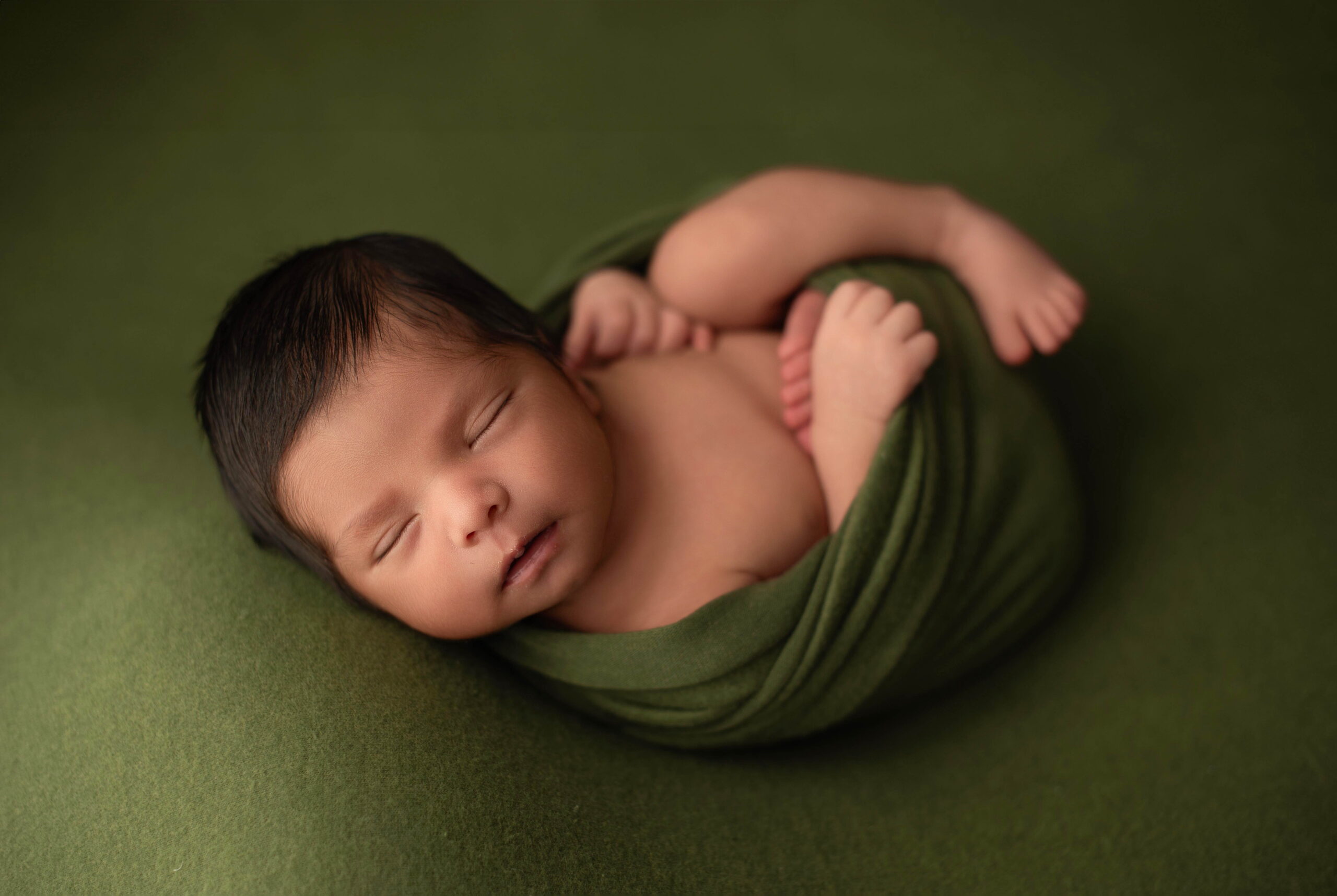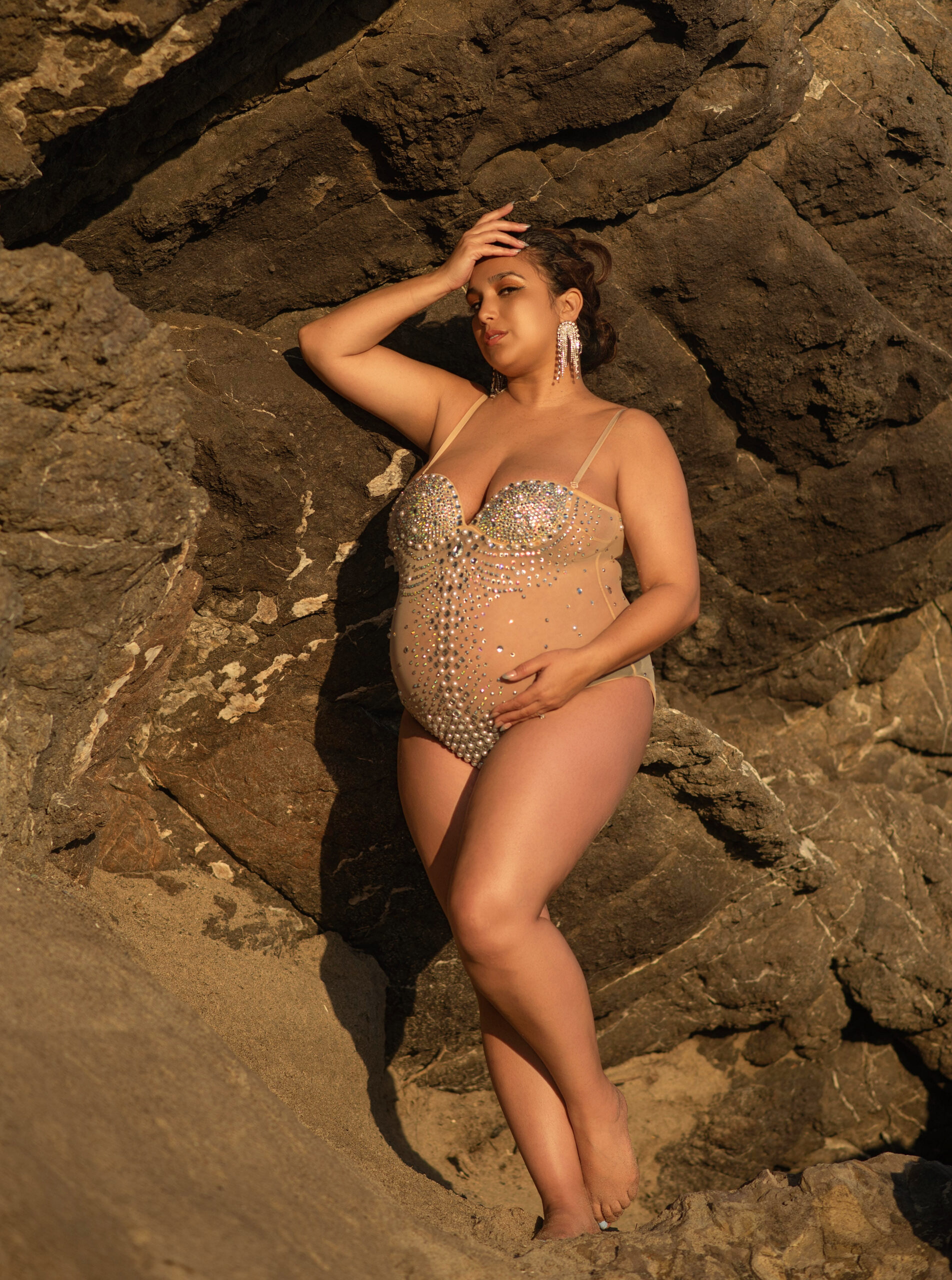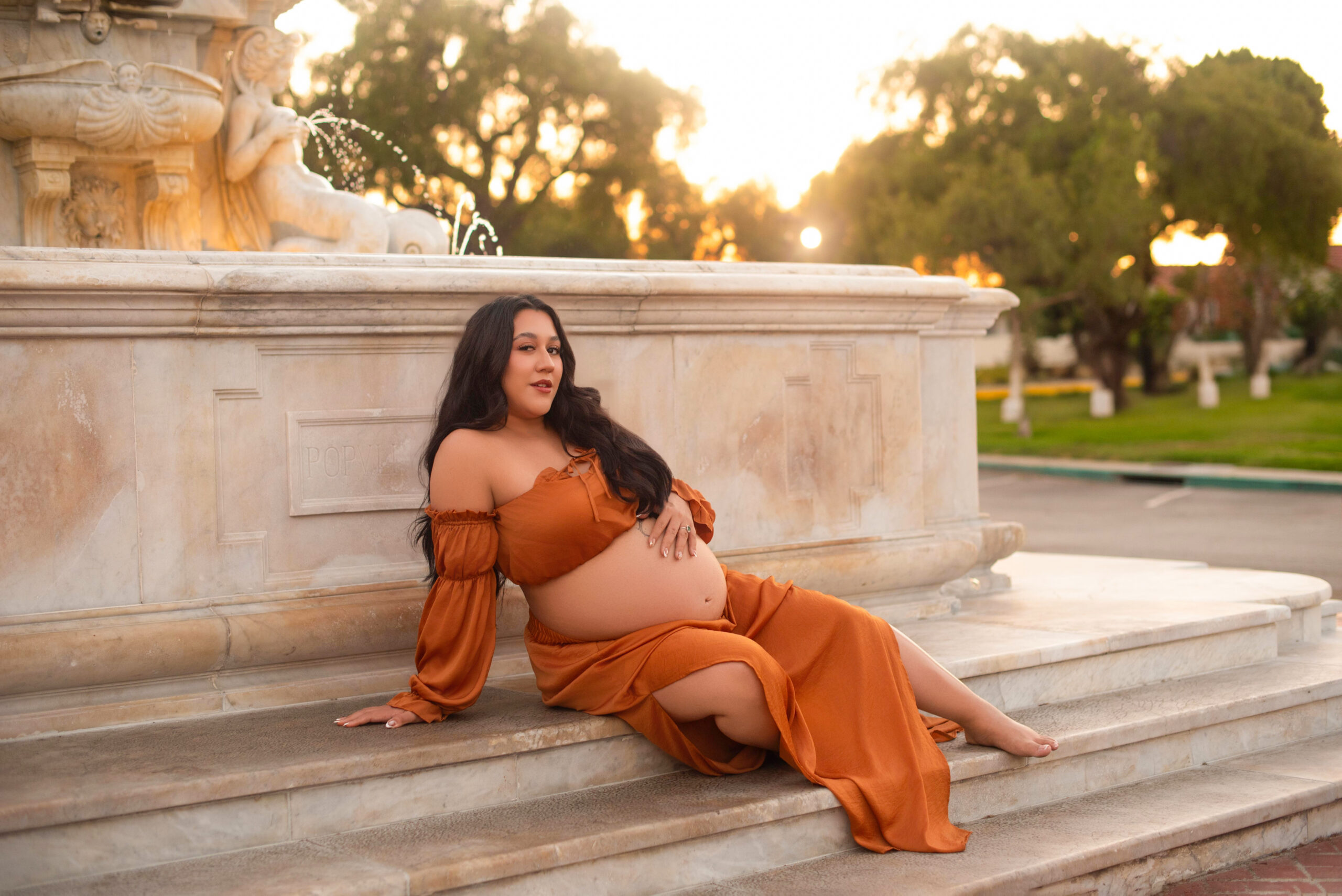Navigating Injuries for a Successful Pole Dance Photoshoot
Dreaming of your ideal pole dance photoshoot but currently injured or just getting out of an injury? Keep reading! A pole dance photoshoot is an exciting way to showcase your skills, strength, and artistic expression. However, pole dance can sometimes lead to injuries, which can become a challenge for a photoshoot. Whether you’re recovering from an existing injury or want to prevent one, it’s essential to approach your photoshoot with readiness. Here’s how you can manage injuries effectively during your pole dance photoshoot to ensure you still capture stunning images without compromising your health.
Pre-Shoot Preparation
1. Communicate and Work with an Experienced Pole Dance Photographer
Booking with an experienced pole dance photographer is crucial in this moment. Having a detailed conversation with them about any injuries or physical limitations you may have will allow them to alter the session to suit your needs, such as adjusting how long they have you hold a move. For example, if I know you recently hurt your left hip, I will suggest moves where the right side is more dominant while also limiting the amount of time you hold your pose. This will essentially let me shoot quicker so you aren’t holding any pose longer than necessary.
2. Warm Up Properly
THIS IS KEY!! It’s so important to warm up prior to your photoshoot. In my prep guide, I always recommend showing up at least 15 minutes before your photoshoot so that you can warm up. Warming up with dynamic stretches and light exercises increases blood flow and flexibility, reducing the risk of injury.
3. Plan Your Poses/Incorporate Floor-Based Poses
We all love poses in the air, but selecting poses that you’re comfortable with, including floor-based poses, will help prevent exacerbating any existing injuries. There are many poses that look good on the floor that you can consider, such as a back arch. Avoid experimenting with new or challenging moves during the shoot, as these can strain your body and increase the likelihood of injury.
During the Photoshoot
4. Use Safe Posing Techniques
Ensure you maintain proper form and alignment in all poses. Engage your core, keep a neutral spine, and avoid overextending your joints. If a pose feels uncomfortable or painful, stop immediately and communicate with your photographer to find a safer alternative.
5. Take Regular Breaks
As we know, pole dance can be physically demanding, so it’s essential to take regular breaks to rest and recover throughout the photoshoot. This will help prevent fatigue, which often leads to poor form and increased risk of injury. Use those breaks to hydrate and stretch.
6. Listen to Your Body
Pay close attention to how your body feels throughout the photoshoot. If you start to feel any pain or discomfort, stop immediately and let the photographer know. It’s okay to take a breather and reassess rather than pushing through pain. Also, if you need to end the photoshoot earlier than planned, it’s better to be safe than sorry.
Post-Shoot Recovery
7. Cool Down and Stretch
After the photoshoot, spend time cooling down with gentle stretches to relax your muscles and prevent stiffness. This is crucial for aiding recovery and maintaining flexibility.
8. Apply Ice and Rest
If you feel any soreness or notice any swelling after the shoot, apply ice to the affected area and take time to rest. This will help reduce inflammation and promote healing. I love using Hyperice’s Knee Brace because it has hot and cold functions. As a pole dancer with arthritis, I like to use it immediately after class to ease any flare-ups that may happen after class.
9. Seek Professional Help
If you experience persistent pain or discomfort following the photoshoot, it’s essential to seek advice from a medical professional, such as a physical therapist or sports doctor. They can provide tailored guidance and treatment to aid your recovery.
Conclusion
Managing injuries in a pole dance photoshoot requires careful preparation, effective communication, and mindful practice. I would also recommend talking to your doctor prior to the session so you can have professional advice beforehand. By no means are these tips meant to replace theirs but these can help you have a successful photoshoot even with an injury. Remember, your health and well-being are important, so always prioritize safety over achieving the perfect shot. You can always do that at a later photoshoot, and that’s okay. By focusing on these strategies, you can create a successful and injury-free pole dance photoshoot that highlights your talent and dedication.


